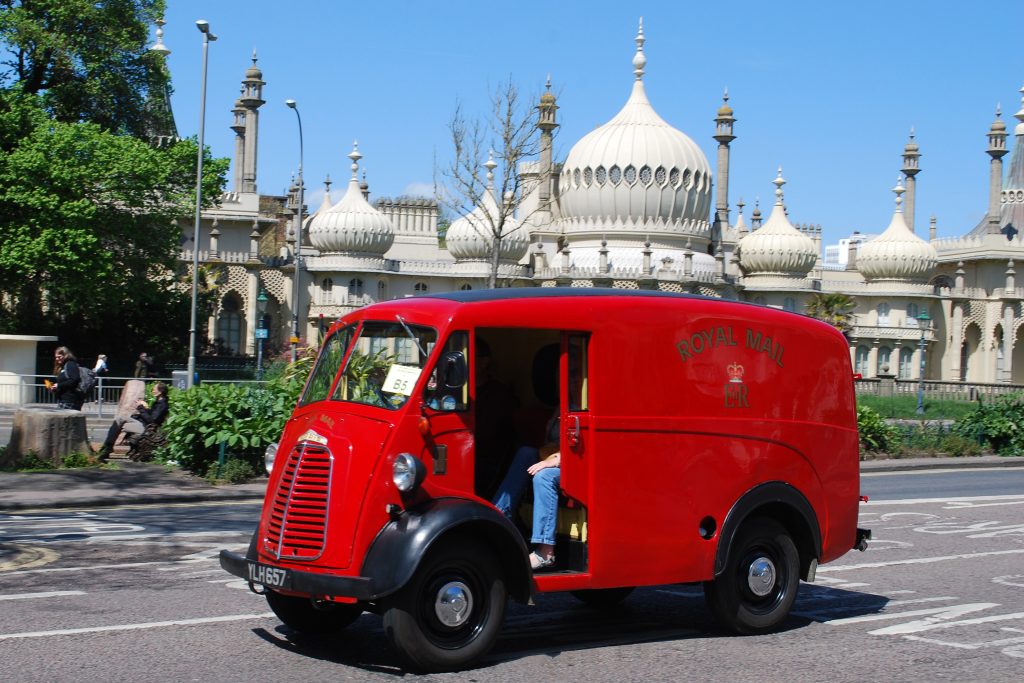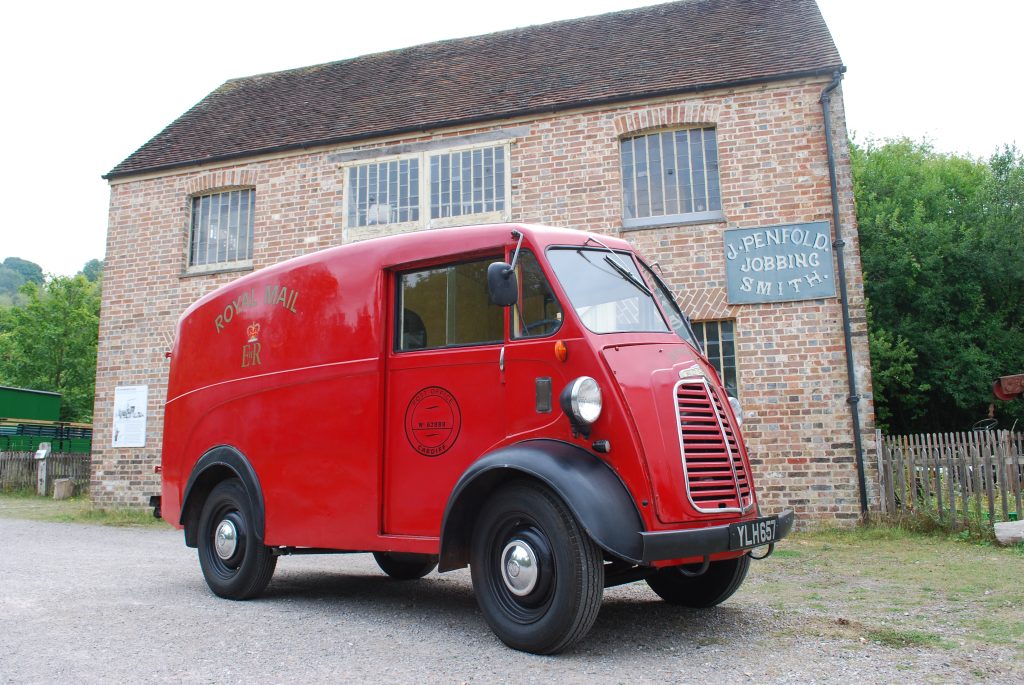
The Morris J-Type is still to many the archetypal British GPO van, even though the last one left service in 1970. Mike Neale tracks down a survivor and its enthusiastic new owners for whom its acquisition fulfils a long-held dream.
The Morris Commercial J-Type 10 cwt van was launched in October 1948, powered by a 1476cc sidevalve engine mated to a three-speed gearbox.
The General Post Office had traditionally been a big purchaser of Morris vans, and around 12% of all J-Types and JB vans were bought by the GPO, both for Royal Mail and Post Office Telephones fleets.
The first Royal mail J-Types entered servive in late 1950. The GPO designated them as 100cu. ft. Mailvans, although Morris Commercial advertised the J-Type as having a load capacity of 150cu.ft. They were built to the GPO’s specification, which differed from the ‘civilian’ vans in several respects.
Rubber wings
One of the most obvious external changes was rubber wings. These meant mounting the headlamps and sidelamps on the side of the body instead of on the wings. Front and rear bumpers were fitted, with a strengthening bar between the split rear bumpers to allow for towing equipment. Twin windscreen wipers and twin GPO-spec exterior mirrors were provided.
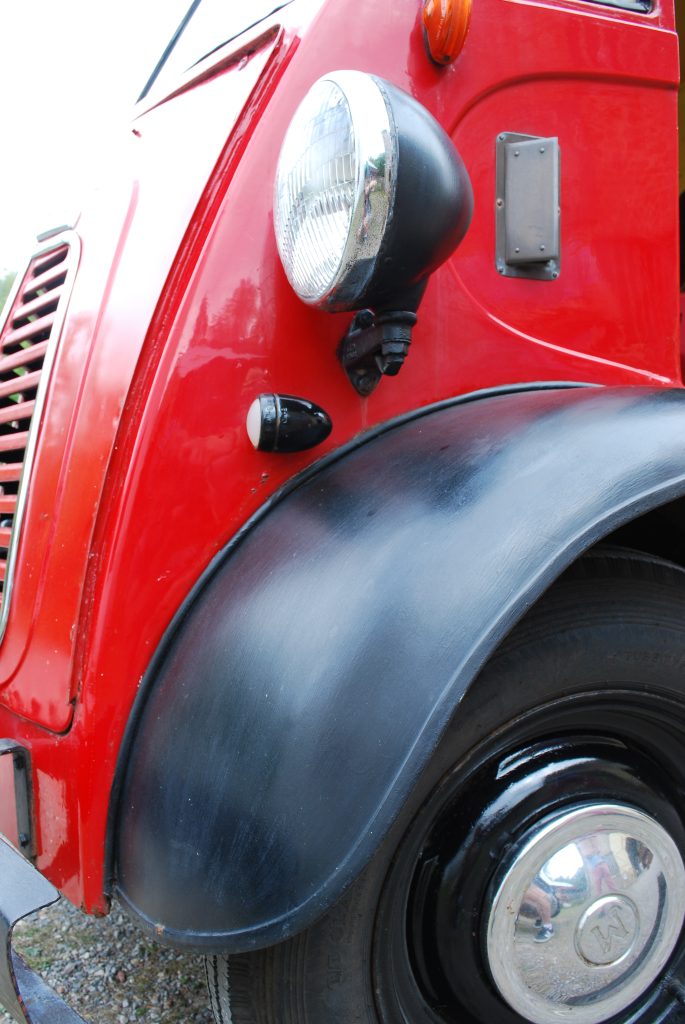
Security locks were fitted to mailvan doors as well as a security locking bar on the offside rear door with an interior release mechanism. This was operable from the driver’s seat, and a Yale lock with a brass handle. Most of these were either removed or rendered inoperative before the vans were sold off.
Mailvans had security grilles on the rear windows and a timber partition with a lockable sliding door between the cab and the load area. A folding passenger seat squab was attached to the wooden battery box.
Equipment included a brass fire extinguisher, lockable toolbox below the driver’s seat, jack handle securing straps, a first aid kit, document baskets, a front interior light and a pair of rear interior lights controlled by two-way switches.
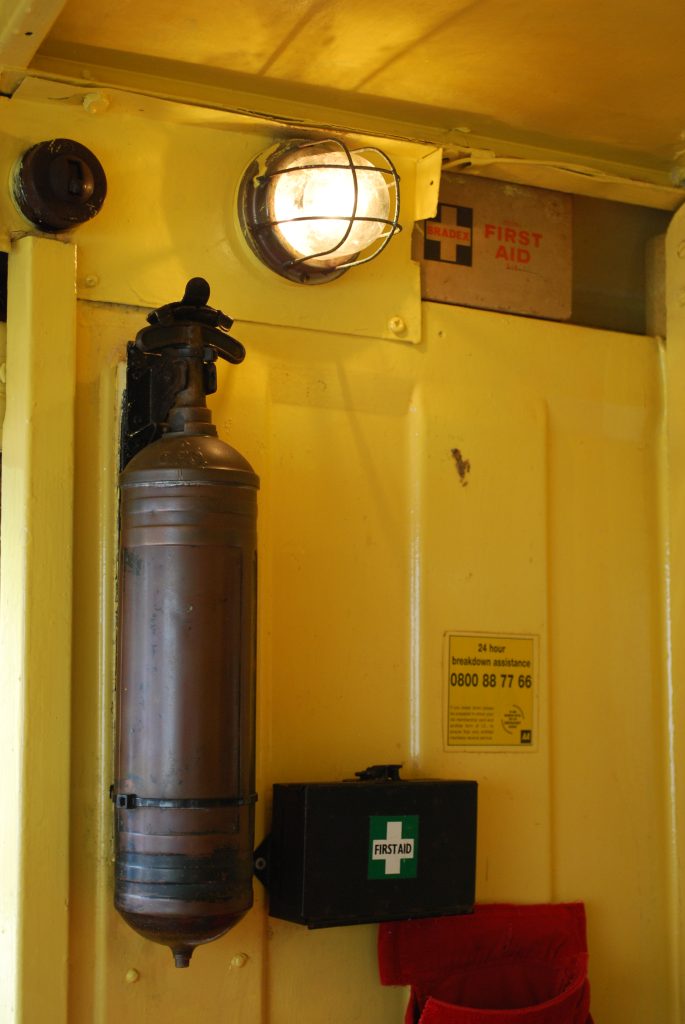
Variations
Some details varied from van to van. Radiator grilles were sometimes painted black, silver, white, red (on Mailvans) or green (on Telephones vans). Hubcaps might be black, chrome, with or without an ‘M’ in the centre, or absent altogether. Bumpers could be chrome or black. Mailvan roofs were either painted red or black.
In a departure from previous GPO specification, early J-Types had fixed windscreens. Due, possibly, to complaints from driverrs, from late 1951 onwards, GPO J-Type vans had an opening driver’s side windscreen until 1958, when they reverted to fixed windsreens.
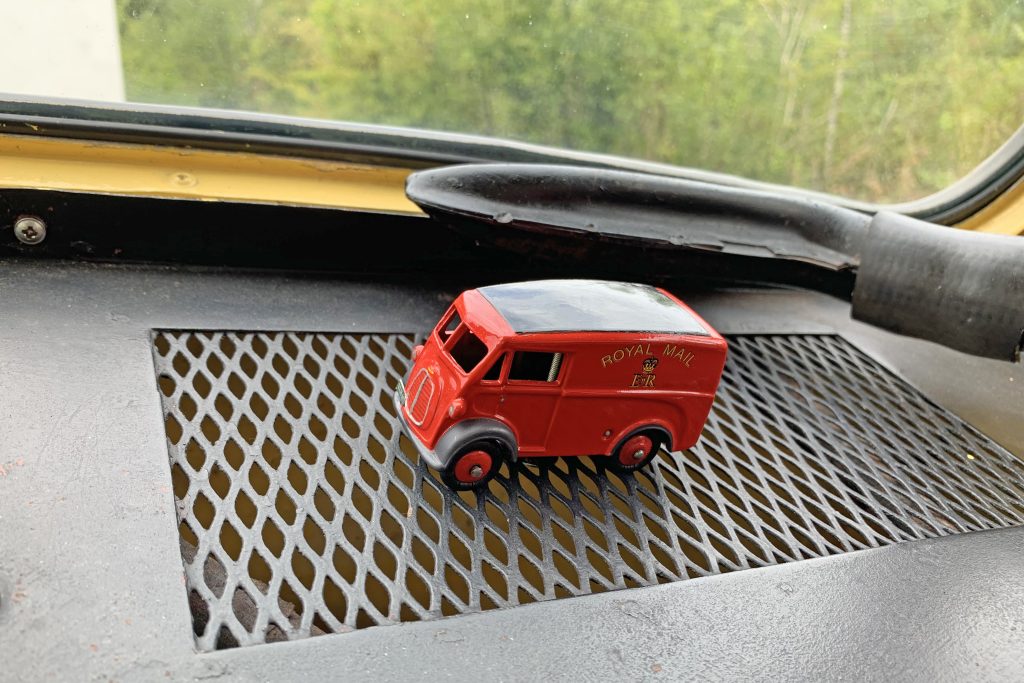
Originally fitted with trafficators, from the early 1960s, the J-Type GPO fleet were retro-fitted with side mounted pig’s-ear flashing indicators below the front quarter windows, plus circular flashers next to the rear lights.
J-Type crossover
BMC launched the Morris J2/Austin 152 in June 1956, but the J-Type remained in production as although the larger, 15 cwt J2 was purchased for the Post Office Telephones fleet, the GPO still wanted the J-Type for Mailvan use. They had, however, become dissatisfied with the underpowered sidevalve engine, and in 1955 began experimenting with other powerplants, a handful even being fitted with the 803cc OHV A-Series engine from the A30/Minor Series 2.
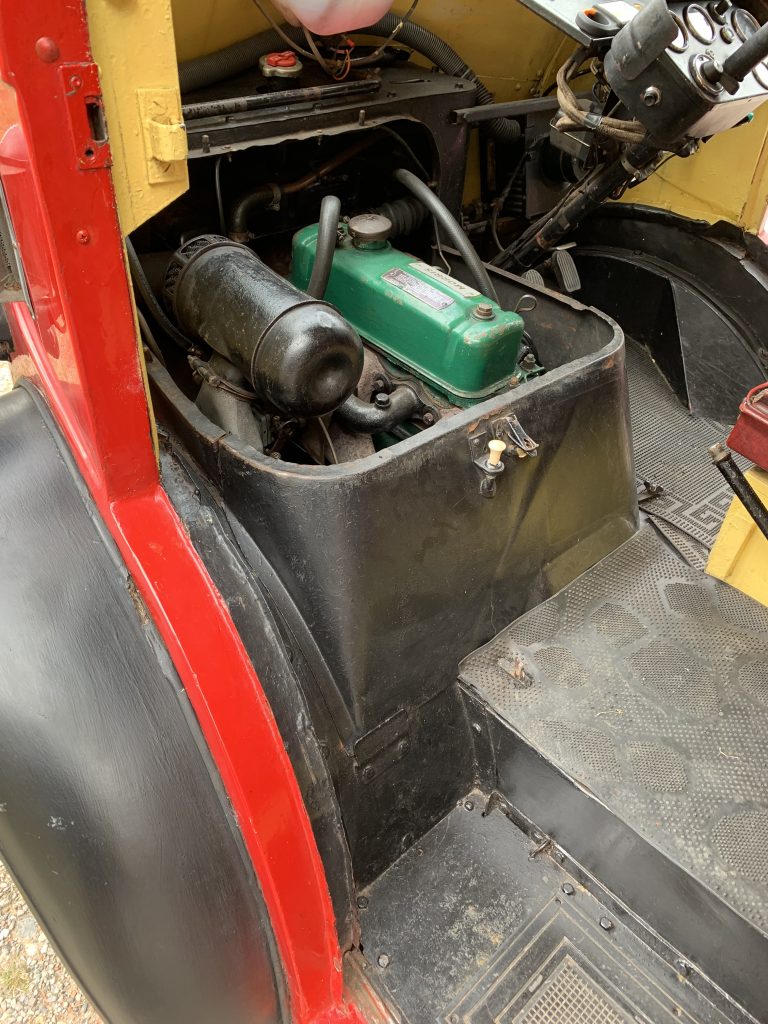
The GPO also experimented with diesel engines in the J-Type at this time, but there was resistance to diesel from Post Office unions, mainly due to concerns about fumes and noise inside the cab. Later, however, in around 1959/60, a few were so equipped, known as the JBO, ‘O’ denoting ‘Oil.’
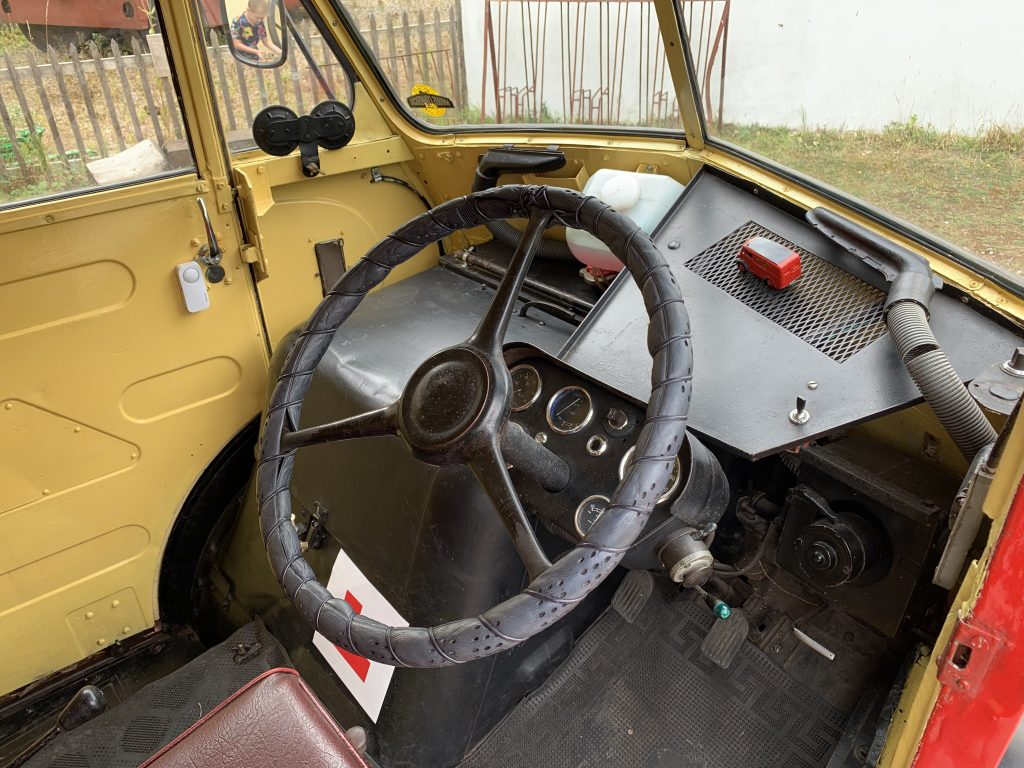
The real answer, however, was more obvious. From 1957, the J-Type was fitted with the J2’s 1489cc OHV B-Series engine and a four-speed gearbox, becoming the JB. The Morris Commercial badge gave way to a bigger Morris one. Production ended in early 1961, being replaced by the 10/12 cwt J4.
Long-term Dream fulfilled
This Morris JB 100 cu. ft. Mailvan is owned by Mark Cooper and Alison Stemp from West Sussex.
YLH657, Fleet no. 62888, was allocated to Cardiff when new in 1960. It was sold off in 1967 and by 1990 was in use with paint manufacturers Smith & Rodger of Finnieston, Glasgow. It was then restored by Stuart MacDonald of Bishop Auckland who sold it at the auction where Mark and Alice bought it, and who was very helpful in providing a lot of history of the van.
Mark Cooper had been after one for several decades. “From the top deck of a bus in Hove, I saw a J-Type come round a bend with the door open and the driver perched on his seat. I thought “I want one of those”.
In 1987 I had the chance to purchase UXV500, an earlier Royal Mail J-Type, for £2650. This was probably double what it was worth at the time and so I declined.” You may have seen that very 1958 Morris JB on TV programme Bangers & Cash recently however, when it sold at Mathewsons for £24,500.
“I ended up buying a restoration project Royal Mail Morris Minor instead. Lack of time, money and the relevant expertise meant that I never managed to get it roadworthy. I sold it in 2003. A pity because it was a reasonably sound vehicle, still with its rear door locking bar. Where is TDL44J now?” wondered Mark. I was able to answer that question, having seen that Minor Van, now fully restored, at the Isle of Wight Classic Car Extravaganza just a few weeks earlier.
Preparing for a J-Type
“Life then got in the way and I purchased a Triumph Stag instead. But when the garage roof needed replacing in 2013, I made sure they raised it by three brick courses so a J-Type would fit. It took a few years, but we got there in the end,” laughs Mark.
Mark saw YLH657 was up for auction at Mathewsons. This was before UXV 500 was sold on the TV show. Before deciding to bid on it, he took his friend Mark Skillen from the Post Office Vehicle Club to vet the van, identifying the non-original fittings that it had acquired and the special Royal Mail fittings that it had lost.
Mark Skillen noted that the partition separating the cab from the load space was set further back than originally. This allowed space for the spare wheel and a passenger seat. The allocation roundel appeared on both side doors, but it should only be on the nearside. Sadly, the rear door locking bar mechanism had long since departed. But the van seemed to be in good mechanical order with no obvious holes in the chassis.
Mark and Alison decided it was just what they wanted. A roadworthy, useable vehicle, not in concours condition, that they could rally, but also use as a van. In other words to take stuff to the tip, help people move house and transport stuff to and from auction houses and so on.

Mark described the experience of the auction process to buy the van.
“Mathewson’s were extremely helpful at every stage, before, during and after the sale. We spoke directly to Derek Mathewson twice over the phone and met him at Thornton-le-Dale. Here, he showed us the van and was very honest about its condition.
Bidding by phone
“We bid over the phone. It was a bit scary because they’d told us that they would phone us about five lots prior to ours coming up. But they were very busy and rang only as Derek was doing the preamble to our lot. We were starting to panic thinking they’d overlooked us.
“We spent a whopping £22,300 (including buyer’s premium) on purchasing ‘Our Morris’. This was not as an investment to be garaged and hidden away apart from the occasional rally, but to use and enjoy. The reaction we get everywhere we go is amazing. People smile wave and take pictures. It also gets as much, if not more, attention from women as men.”
Bought to use
Since purchasing the van, Mark and Alison have concentrated on using it rather than improving it. However, Mark is on the lookout for a new pair of rear doors, or to get the existing ones repaired.
Although it is over 53 years since the last Royal Mail Morris JB went out of service, not quite everyone seems to realise this. “On a local shopping trip we parked up and Alison went into one of the shops while I stayed in the cab. As always, a couple of people came up and asked the usual questions. Then an old lady came up and said “Have you emptied the postbox yet?’,” recalls Mark.
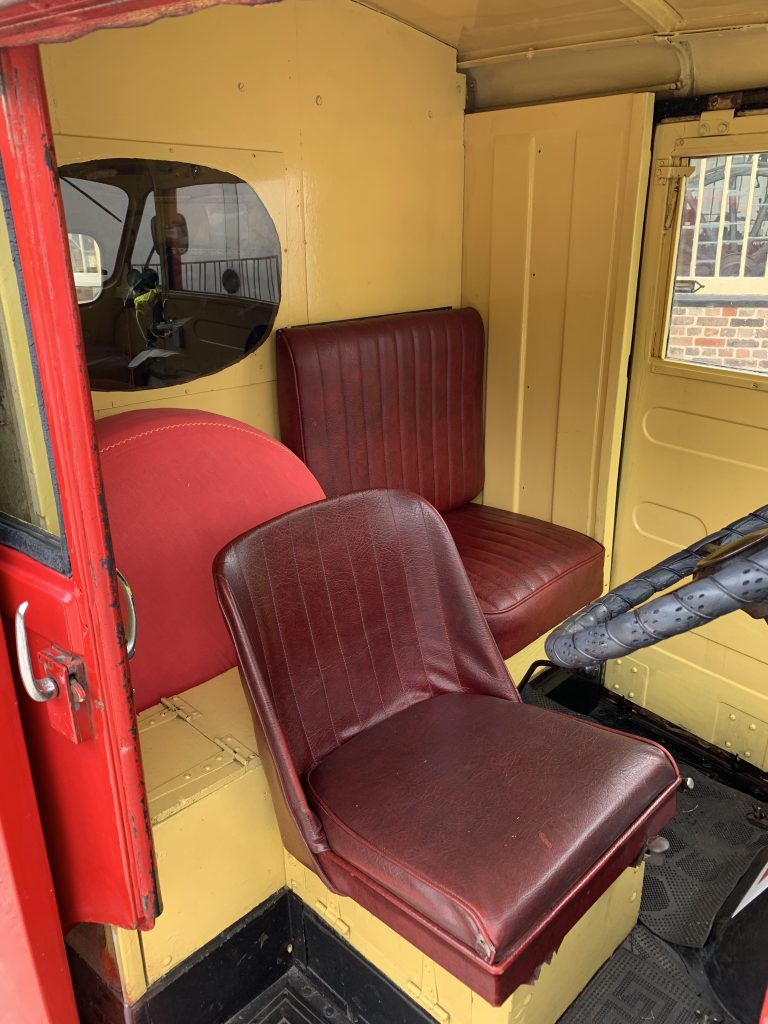
Mark and Alison have taken the van on the HCVS London to Brighton run. It’s also been to car shows and the Amberley Museum Communications & Commercials Day in West Sussex. It looks set to appear at many more events, continue doing daily chores, and you might even see it in the odd film.
To read more articles like this every month, subscribe to Classic & Vintage Commercials magazine by subscribing here. And find the latest news, exclusive looks and more at the CVC website here.
